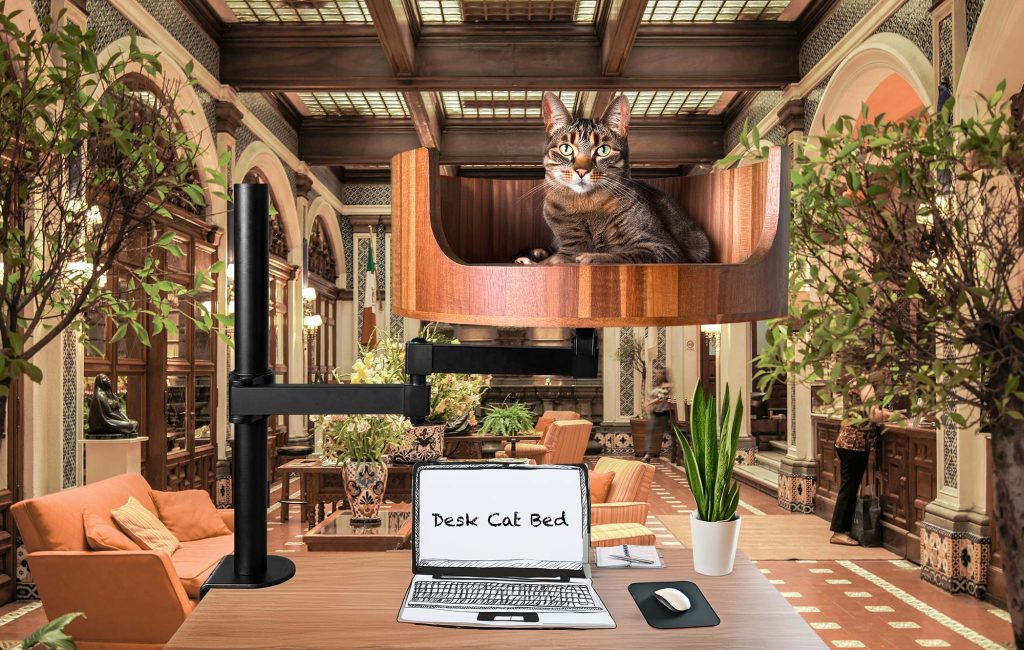Cats are known for their fastidious grooming habits, often spending hours each day meticulously cleaning themselves. However, one behavior that may surprise some cat owners is their tendency to dribble or drool. While it may seem unusual, cat salivation issues are more common than many people realize and can be caused by a variety of factors. In this article, we will delve into the reasons why cats dribble, what to do if your feline friend is experiencing excessive salivation, and how to care for a cat with these issues.
From stress and dental problems to medical conditions like kidney disease or tumors, there are numerous reasons why a cat may drool excessively. Understanding the underlying cause of your cat’s salivation issues can help you provide the best care and treatment for them. We will explore common triggers for cat dribbling and provide practical tips for managing this behavior. Additionally, we will discuss when it is important to seek veterinary advice and how to ensure your furry companion stays healthy and happy despite their salivation issues. Stay tuned to learn more about this intriguing aspect of feline behavior and health.
1. Cats can drool or dribble due to various reasons, including excitement, stress, dental issues, or nausea.
2. Excessive drooling could be a sign of underlying health problems, such as dental disease or oral tumors.
3. Regular dental check-ups and maintaining good oral hygiene can help prevent salivation issues in cats.
4. Some breeds, like Persians, are more prone to drooling due to their facial anatomy.
5. If your cat is suddenly drooling excessively or displaying other concerning symptoms, it’s best to consult with a veterinarian for proper diagnosis and treatment.
Causes of Excessive Cat Dribbling
Excessive cat dribbling, also known as hypersalivation, can be caused by a variety of factors. One common cause is dental issues such as gum disease or a broken tooth that can lead to inflammation and increased saliva production. Other potential causes include ingestion of toxic substances, infections in the mouth or throat, or even a foreign object stuck in the cat’s mouth. Certain medical conditions like kidney disease, liver disease, or oral tumors can also contribute to excessive drooling in cats.
Symptoms of Excessive Cat Dribbling
Symptoms of excessive cat dribbling can vary depending on the underlying cause. Apart from the obvious drooling, other signs to watch out for include bad breath, swollen gums, decreased appetite, difficulty eating or swallowing, pawing at the mouth, or even changes in behavior such as increased irritability or lethargy. It is important to monitor your cat closely and seek veterinary attention if you notice any of these symptoms.
Treatment for Excessive Cat Dribbling
Treatment for excessive cat dribbling will depend on the underlying cause. If the drooling is due to a dental issue, your vet may recommend a dental cleaning or extraction of the affected tooth. In cases where the drooling is caused by an infection, antibiotics may be prescribed. For more serious conditions like kidney disease or oral tumors, further diagnostic tests and specialized treatment may be necessary. Additionally, maintaining good oral hygiene through regular brushing and veterinary check-ups can help prevent dental-related drooling in cats.
Prevention and Management Strategies
Preventing excessive cat dribbling starts with regular veterinary exams to catch any potential issues early on. Maintaining good oral hygiene through daily brushing, providing dental treats or toys, and feeding a balanced diet can also help prevent dental problems that may lead to drooling. Keeping toxic substances out of reach, ensuring your cat’s environment is safe, and monitoring their behavior and eating habits can help prevent other potential causes of excessive drooling. Overall, being proactive and attentive to your cat’s health can go a long way in managing and preventing feline salivation issues.
Desk Cat Nest FAQs
Do cats dribble?
Yes, it is common for cats to drool or dribble when they are content or feeling relaxed. Some cats may drool more than others, but it is typically nothing to be concerned about.
Will Desk Cat Nest help with my cat’s dribbling?
While Desk Cat Nest is primarily designed for providing a cozy and comfortable resting spot for your cat, some cats may feel more relaxed and secure in this type of environment, which could potentially reduce their dribbling behavior. However, results may vary depending on the individual cat.
Is Desk Cat Nest easy to clean in case of drooling?
Yes, Desk Cat Nest is made with materials that are easy to clean. The cushion can be removed and washed, and the overall construction of the nest allows for easy maintenance and cleaning.
Can Desk Cat Nest be used for cats with special needs related to dribbling?
While Desk Cat Nest can provide a comfortable spot for cats with dribbling issues, it is always best to consult with a veterinarian to address any underlying health concerns your cat may have. The nest itself may not directly solve any medical issues related to dribbling.
Is Desk Cat Nest suitable for all cat breeds?
Desk Cat Nest is designed to accommodate most cat breeds and sizes. However, it is always a good idea to consider your cat’s size and preferences before purchasing to ensure they will be comfortable using the nest.
In conclusion, a Desk Cat Bed is a valuable choice for cat owners looking to address the issue of cats dribbling. By providing a comfortable and secure space for cats to rest and relax, the Desk Cat Bed can help reduce stress and anxiety in cats, which can often lead to dribbling behavior. Additionally, the elevated design of the Desk Cat Bed can help improve overall cat health by encouraging proper spinal alignment and reducing neck strain. Overall, investing in a Desk Cat Bed can offer numerous benefits for both cats and their owners alike.


